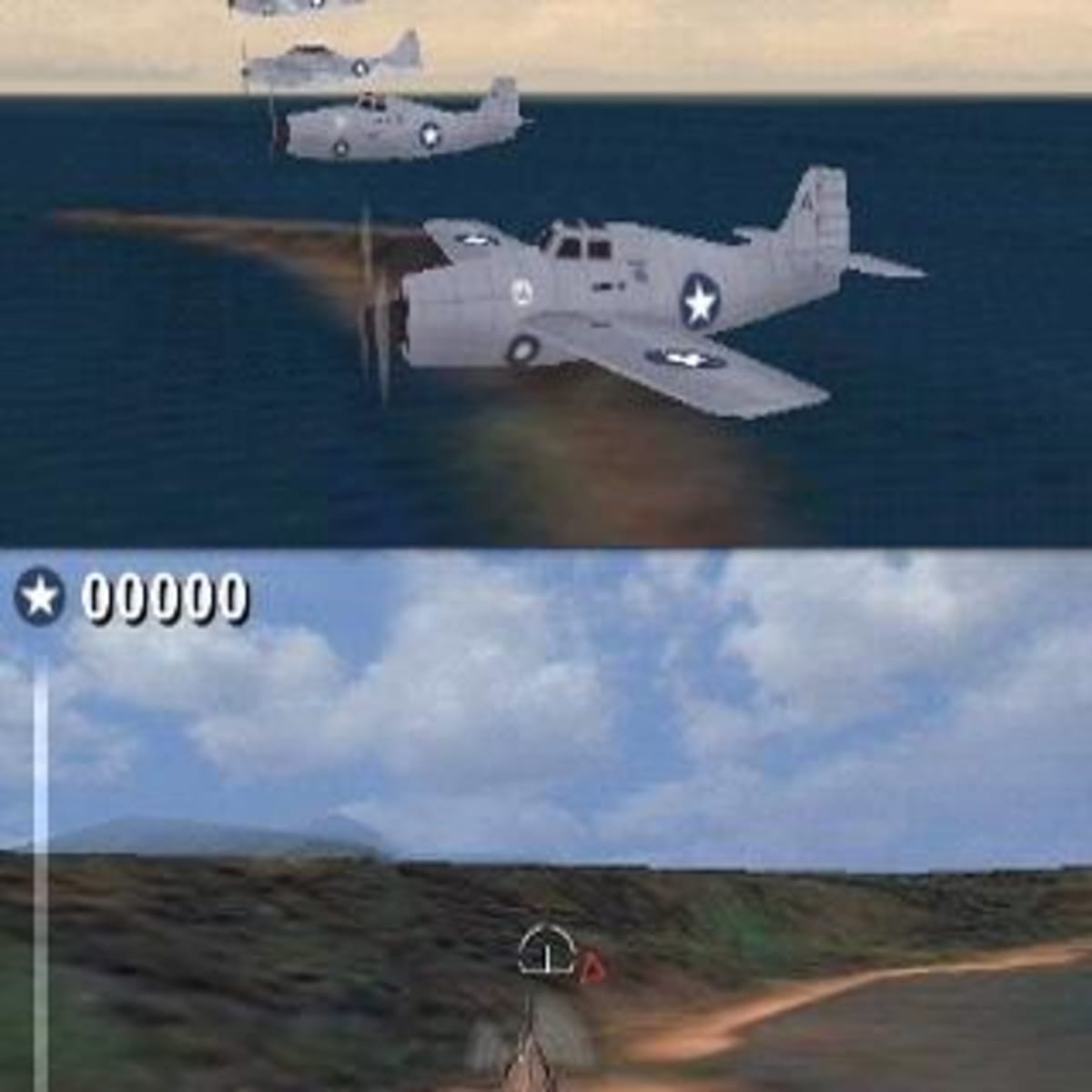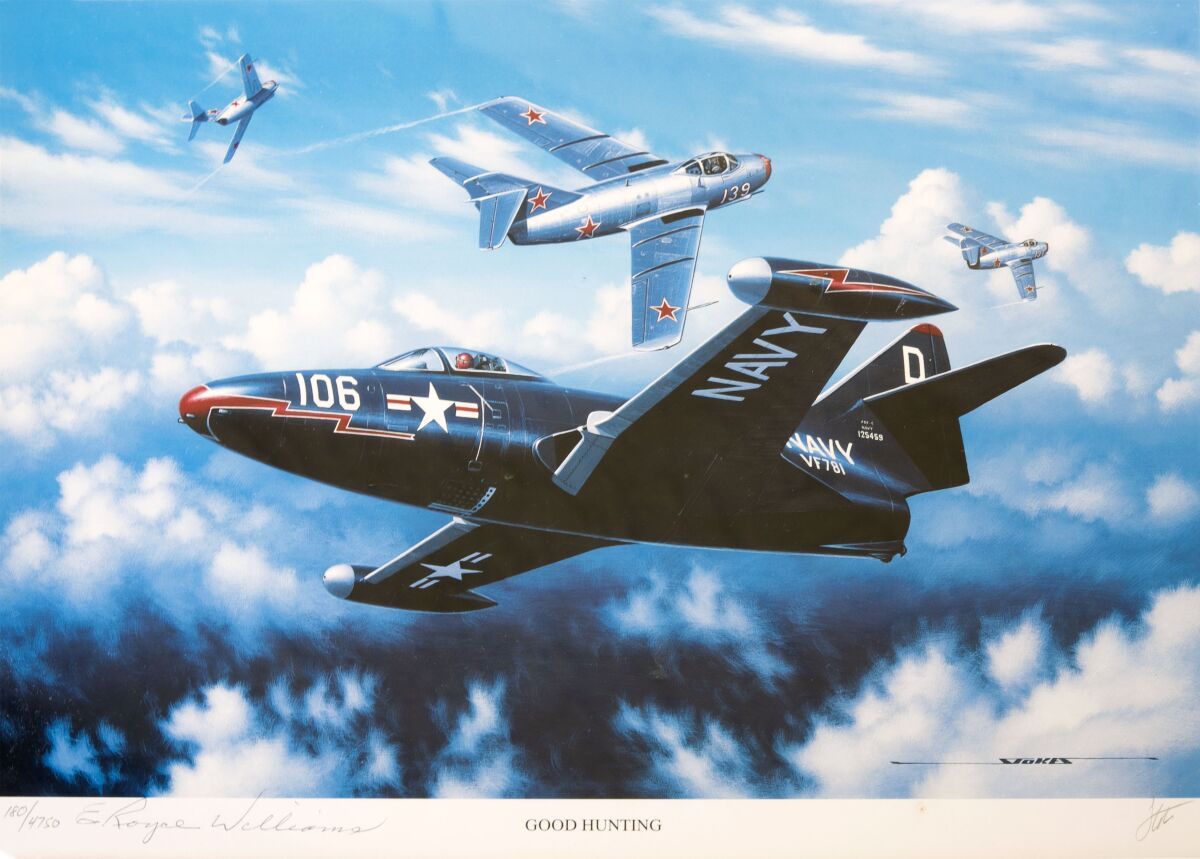Dog Fight Jets - U.S. Navy F-16 Fighter Eagles and F-14 Tomcats participate in combat drills as part of exercise TOPGUN.
A dogfight or dogfight is a close-quarter aerial battle between fighter aircraft. The modern term for air-to-air warfare is air combat maneuver (ACM), which refers to tactical situations that require the use of a single basic fighter maneuver (BFM) to attack or evade one or more adversaries. This is different from aerial warfare, which is about the strategy involved in planning and executing various missions.
Dog Fight Jets

Dogfighting first took place during the Mexican Revolution in 1913, and airplanes were soon introduced. After the Cold War in the early 90s, Until the early years. Since then, long-range weapons such as long-range missiles have made dogfighting obsolete.
F 22 Raptor Dogfights China's 'mighty Dragon' J 20 Stealth Fighter Jet In A Breathtaking Virtual Battle
The term dogfight is used to describe a dogfight: a fierce and fast-paced fight between two or more opponents. The term gained popularity during World War II, although its origins in aerial warfare date back to the last years of World War I.
One of the first accounts of the modern use of the term was the account of the death of Baron von Richthof in May 1918 in Graf: “The Baron scattered in groups and scattered in our group. "I call the dog to fight."
On March 21, 1918, several British newspapers published an article by Frederic Kutlak, using the phrase in modern times: “On Saturday a patrol of Australian vehicles flew over this circus [von Richthof] at about 20,000 feet. . T Amy dove in and attacked our m. A regular fight was filed for half a minute."
The first alleged example of an aircraft at war and an aircraft intercepting another aircraft in an aerial conflict occurred on November 30, 1913, during the Mexican Revolution, when two American mercenaries, Dewan Ivan Lamb and Phil Rader, were fighting on the opposite side. The story comes from Año himself. According to his own statistics in an interview more than 20 years later, both had orders to kill, but neither pilot wanted to harm the other, so they exchanged large amounts of pistol fire and deliberately disappeared before their ammunition supply was exhausted.
Tom Cruise To Dogfight World's Most Advanced Russia Made Su 57 Fighter Jet In Top Gun: Maverick
Reaction on the Western Front, a dogfight scene involving five planes. In the upper foreground, a Royal Flying Squadron biplane (Imperial War Museum) flies towards a German drone that has fallen to the ground, leaving a plume of smoke.
Dogfights were common in World War I, when airplanes were initially used as mobile observation vehicles, and early pilots had little interest in aerial combat. The new plane proved its worth by detecting a hidden German advance on Paris in the second month of the war.
Amy's pilots initially simply exchanged waves or bumped into each other. Due to weight restrictions, only small arms could be carried. The intrepid pilots decided to interfere with Amy's reconnaissance using countermeasures, including bricking, leveling, and sometimes shooting ropes, in the hope that Amy's plane would jam the propellers. The pilots quickly began firing weapons at the infantry, including pistols and carbines. The first aerial combat of the war occurred during the Battle of Syr (15–24 August 1914), when Serbian aviator Miodrag Tomić engaged Austro-Hungarian aircraft on a reconnaissance mission against positions in Austria-Hungary. The Austro-Hungarian pilot waved at first and Tomic responded. An Austro-Hungarian pilot fired his revolver at the cannon. Tomić managed to escape, and within weeks all Serbian and Austro-Hungarian aircraft were armed with automatic weapons.

In August 1914, Russian pilot and captain Pyotr Nesterov became the first pilot to fly his plane in an amphibious aircraft. In October 1914, a plane over Reims, France was shot down by a gun from another plane for the first time. Once the machine gun was mounted on the aircraft, either on a flexible mount or higher on the wing of earlier biplanes, the era of aerial warfare began.
Training Together: Marines Dogfight With The Air Force > U.s. Indo Pacific Command > 2015
The biggest problem was mounting the machine on the plane, which could be powered by the propeller and was intended to point the nose of the plane directly at Amy. French Roland Garros aircraft carrier Moran Saulnier solved this problem by installing a steel guardrail on the monopole thruster. He managed three kills, but was forced behind Amy's lines due to Genie's failure and captured before he could set the plane on fire. The remains were taken to the Dutch designer Anthony Fokker, who built planes for the Germans. Fokker decided that the rod was too dangerous and improved the design by connecting the MG 08 Maxim automatic trigger to the generator set.
The Germans gained early air superiority in 1915 with the introduction of the Synchronizer, which revolutionized aerial warfare with the first synchronized and advanced firing fighter, the Fokker E.I.
On July 1, 1915, the first aerial firing took place east of Luneville, France, by a fighter armed with a forward-firing synchronous launcher. A German Fokker E.I piloted by Lt. Kurt Wintigs was victorious over a two-seat observation monoplane. Later that month, on 25 July 1915, Major Llano Hawker of the Royal Flying Squadron (RFC) flew a very early production Bristol Scout C and attacked three separate aircraft in one mission, shooting down two with incompatible Lewis. A cannon mounted on an outside corner near his cockpit to prevent knocking off the propeller. He pushed for a third and was awarded the Victoria Cross.
In air battles, technological superiority passed from the British to the Germans and vice versa. The Feldflieger Abteilung observation units of the German Air Service, 1914–15, consisted of six-seat observation planes each, each assigned to German Army Headquarters. Each FFA unit had only one Fokker Eindecker tasked with anti-German missions, so pilots such as Max Immelmann and Oswald Boelcke became lone fighters with each FFA unit, shooting down unarmed Spotters and Amy aircraft. the sky
The Story Of The Top Secret Dogfight Where Legendary Us Korean War F9f Naval Aviator E. Royce Williams, Jr., Shot Down 4 Soviet Mig 15s
There was no established tactical doctrine for air-to-air combat in the early part of the war. Oswald Boelke was the first to analyze aerial warfare tactics, resulting in a set of rules known as Dikta Boelke. Many of Boelke's concepts developed in 1916 are still applicable today, including the use of the sun and altitude, surprise attacks, and countermeasures.
The British brigade commander, General Hugh Trechard, ordered all reconnaissance aircraft to be supported by at least three fighters, forming a tactical formation in the air for the first time. The Germans responded by creating the Jastas, a large fighter force dedicated solely to the destruction of American aircraft under Boelke's supervision. Riders who take down five or more fighters are called acid. One of the most famous dogfights that resulted in the death of Major Hawker, The Red Baron, was played by Manfred von Richthof;
I was very proud, and one fine day, I was informed that the pilot who landed on the twenty-third of November, 1916, was the brilliance of Immelmann... First we turned twenty times to the left, thirty times to the left. right Each tried to retreat in turn. I soon found myself without meeting new people. He had no intention of breaking up the fight. He was traveling in a beautiful car. However, my own growth was better than his, and I finally managed to overtake my brilliant waltzing partner... The unexcited guy was full of cheeks and we descended happily to 3,000,000 feet. “Well, what do you do?” he asked me. He waved at me. The circle in which we surround ourselves is very narrow, perhaps not more than 250 or 300 feet in diameter. I had time to get a good look at my opponent... He had descended about three hundred feet, and was trying to escape by zigzagging, which, as is well known, is a difficult task. Observer This was my most helpful mother. I followed him at a height of two hundred and fifty to one hundred and fifty feet. Gulkhan could not help falling. But the gun jam nearly took away my success. My opponent fell, shot over our heads, and was a hundred and fifty yards behind us.

Despite the early superiority of the Germans in battle tactics and their "Boelke Dictation", the Allies quickly adapted and developed their own tactics. Albert Ball of the Royal Air Force was part of a group of pilots who preferred to fly solo and developed the "push" tactic to follow the two-seater. he is
The Combat Statistics For All The Aircraft Currently In Use
New york jets dog collar, winnipeg jets fight, ny jets dog jersey, jets fight song, watch dog fight, jets pats fight, jets locker room fight, new york jets dog jersey, patriots vs jets fight, jets fight, break stick dog fight, jets dog bandana
0 Comments